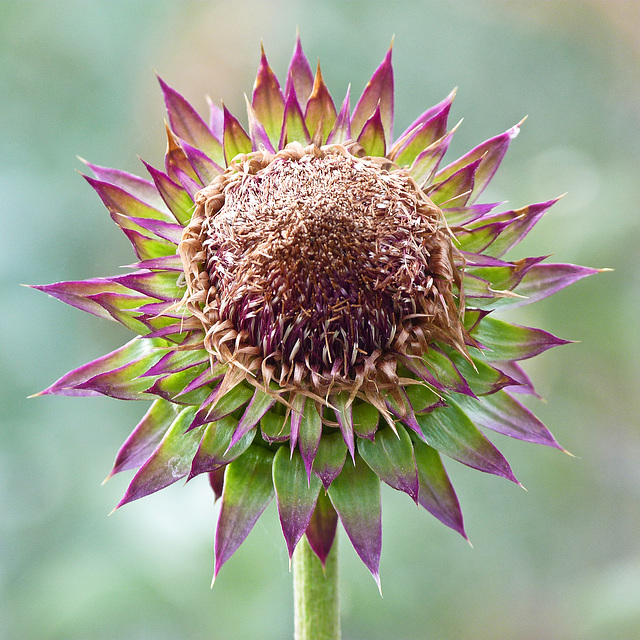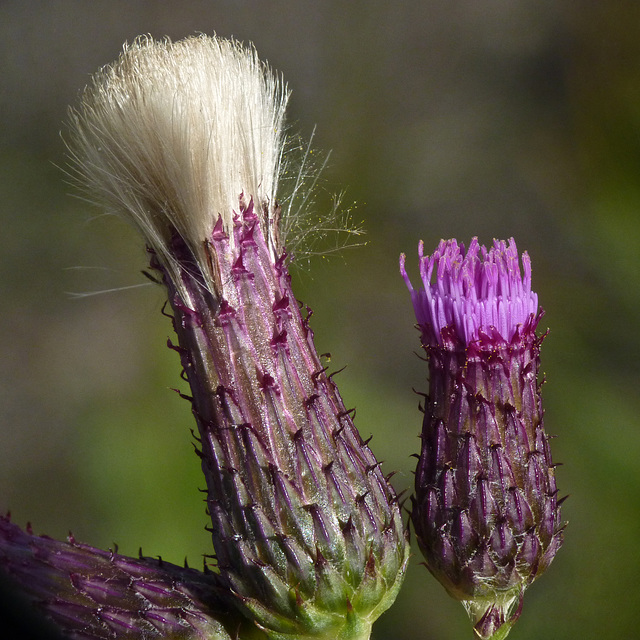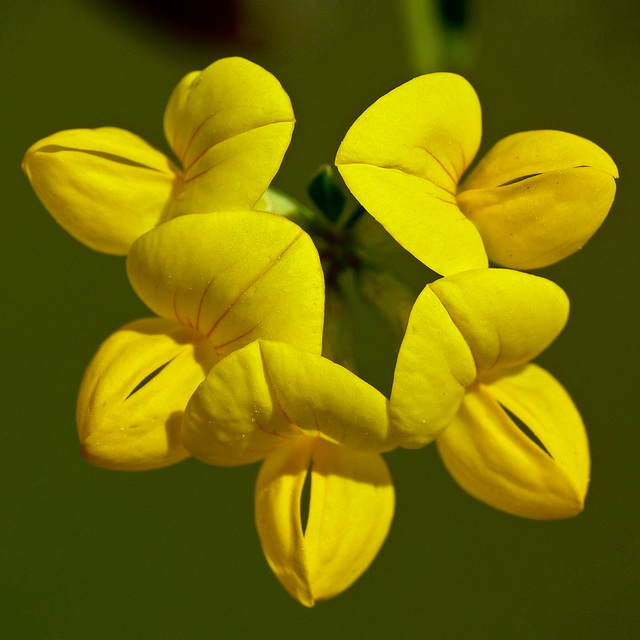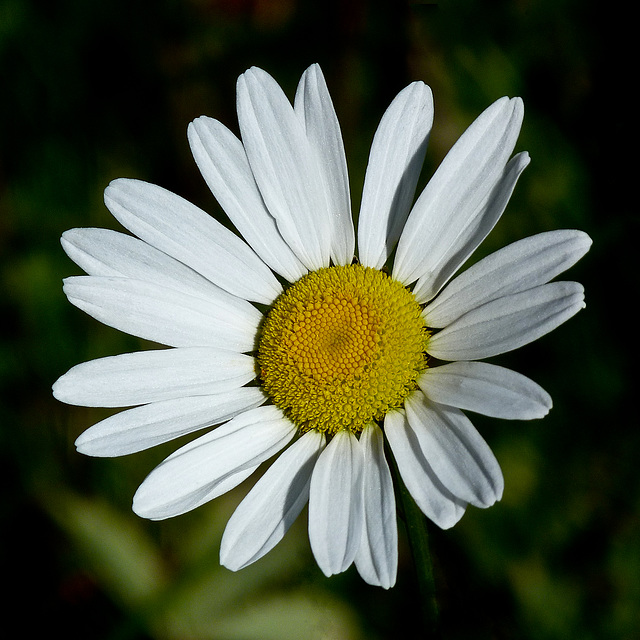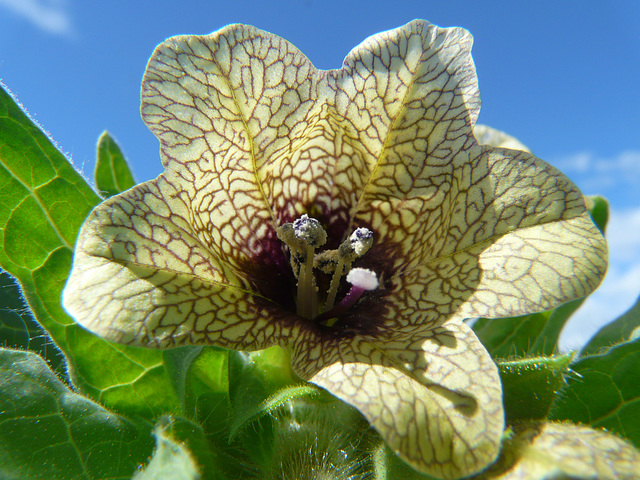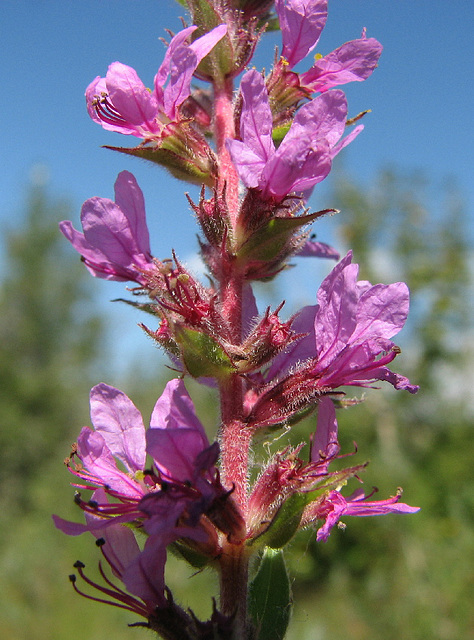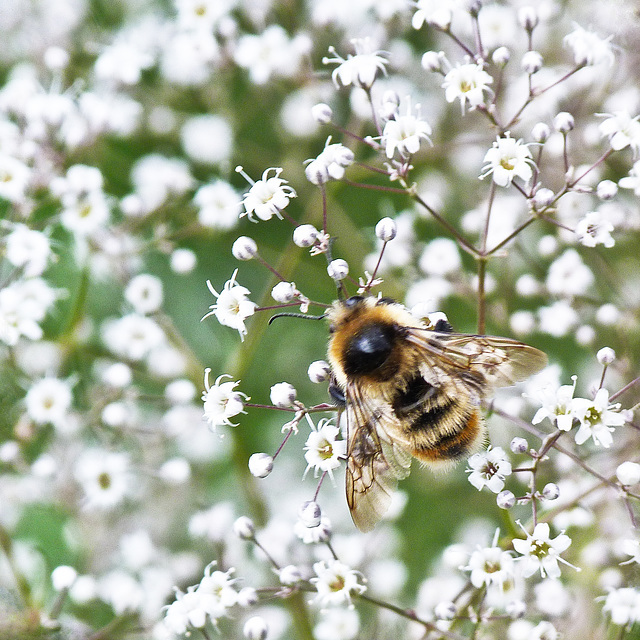
Invasive flora species, Alberta
Link to A Rogue's Gallery of Invasive Non-native Plants of Alberta
www.anpc.ab.ca/wiki/index.php/Main_Page
Amazing beauty
The Nodding/Musk Thistle (Carduus nutans) is my favourite kind of thistle, especially at this stage, when the pinky purple flower has died and the beautiful pattern of the spiny bracts can be seen more clearly. Flower head is 4-6 cm in diameter. Photographed at the Erlton/Roxboro Natural Area on July 27th, when I called in for a short walk after my afternoon volunteer shift. There were a lot more of these plants this year, so I guess this invasive weed really does spread, lol. In Alberta, this plant is listed as Prohibited Noxious.
www.botanicalgarden.ubc.ca/potd/2011/08/carduus-nutans.php
en.wikipedia.org/wiki/Carduus_nutans
Came across this beautiful video of Bald Eagles flying, on YouTube. Superb footage from BBC and KPBS of American and European Eagles. Music by Abba. I did post it a couple of days ago, but after everyone had commented, so thought I'd post it again today.
youtu.be/qdoSy4ROZpg
Have been watching and waiting for the youngest of the two Hornby Island Eagles to fledge, but it looks like young "David" (as he has been named) is going to be waiting just a little longer - today, tomorrow? What a character this young branchling is, lol. It has been eight days since his older sibling fledged.
18 Jun 2012
A beautiful but invasive weed
The dreaded Goat's-beard, a highly invasive, non-native plant that has spread (and keeps spreading, despite attempts to control it) in our natural areas in the city. Too bad, because both the beautiful flower and huge Dandelion-like seedhead are most attractive. Taken on June 18th, in the Boat Launch area of Fish Creek Park.
Creeping Thistle / Cirsium arvense
So beautiful, yet so devastating! This is one of our main invasive weeds, also called Canada Thistle, and it has taken over so many parts of our lovely natural areas. This species is native throughout Europe and northern Asia, and widely introduced elsewhere (including here, unfortunately). The name "Canada Thistle, is misleading, as the plant is not native to this country. Creeping Thistle is the preferred name - and WE don't want to be blamed for something so destructive, when we didn't start the whole thing, lol!! Each spring, it forms extensive clonal colonies from an underground root system that sends up numerous erect stems. Photographed (macro) this particular plant at Clearwater Park, on the west side of the city, off Highway 8, September 4th last year.
en.wikipedia.org/wiki/Cirsium_arvense
20 Aug 2011
Bird's-foot Trefoil / Lotus corniculatus
It's so unfortunate that this beautiful member of the Pea family (Fabaceae) is considered a weed. It is grown as a crop and has spread to various places. Introduced from Eurasia, it can be found (if you know where to look) growing along roadsides and on waste areas. I think I've only ever seen it in about four or five places, though. It blooms from June to September. The plant was named for the arrangement of the long, narrow seedpods/legumes, which resemble a bird's foot. A handful of us had driven past a colourful roadside display two days ago, and I just had to go back yesterday on my way home from Brown-Lowery Provincial Park, to grab a few (macro) photos.
01 Aug 2011
Oxeye Daisy / Chrysanthemum leucanthemum
I'm surprised that there is any clarity in this photo, as the mass of Oxeye Daisies at the side of the road was blowing in the wind when we saw them, shortly before reaching the Takakkaw Falls, near Field, British Columbia. They are beautiful flowers, but unfortunately they are also an invasive weed. Status in Alberta is Noxious.
"Introduced from Europe in the early 1800’s primarily as a grass seed contaminant, and subsequently spread as an ornamental, Oxeye daisy has become a serious invader of pastures and natural areas throughout North America. It is a perennial herb that reproduces both by seed and shallow rhizomes. Single plants quickly become patches that continually increase in size. Plants flower June-August and its seed germinates throughout the growing season. Oxeye Daisy and the very similarly flowered Scentless Chamomile can be considered conspicuous, as there are no native white flowered daisies in Alberta."
www.invasiveplants.ab.ca/Downloads/FS-OxeyeDaisy.pdf
13 Jun 2008
Black Henbane
Black Henbane is one of my favourite wildflowers, though all parts of this plant are poisonous and it is a weed : ). The flowers are a little creepy, but quite spectacular. Love the seedpods of this plant! It was introduced from Eurasia.
30 Jul 2006
Purple Loosestrife
This is a fast-growing weed that chokes out native plants. Garden escapes are the main cause of this.
Bee on Baby's breath
This is a macro shot of Baby's breath flowers, which are quite tiny. Many of you will know this plant, as it is commonly used in flower arrangements. Once it is growing in the wild, it spreads and takes over the native plants. One area in Calgary where this has happened is the Erlton/Roxborough Natural Area, and this destruction probably started as a result of someone throwing away a flower arrangement from the cemetery that joins on to the Natural Area, tossing it over the fence.
09 Oct 2010
Vibrant weed
Though Common Tansy (Tanacetum vulgare) is a weed that grows in our natural areas, I still like coming across it, with its beautiful bright yellow, button-like flowers. This particular plant was photographed on the Marston Creek Trail in Kananaskis, but I could just have easily photographed it in the city, such as in Fish Creek Park. In Alberta, this plant is listed as Noxious.
"Introduced from Europe in the 1600’s, its pungently aromatic foliage has been used medicinally, as an insect repellant, and for embalming. Common tansy forms dense stands and the plants contain alkaloids that are toxic to both humans and livestock if consumed in large quantities. Cases of livestock poisoning are rare, though, because tansy is unpalatable to grazing animals. Because of its long medicinal and horticultural use, Common tansy is still available in plant nurseries and from herbal remedy suppliers. Gardeners should not purchase Common tansy."
www.invasiveplants.ab.ca/Downloads/FS-CommonTansy.pdf
Jump to top
RSS feed- Latest items - Subscribe to the latest items added to this album
- ipernity © 2007-2024
- Help & Contact
|
Club news
|
About ipernity
|
History |
ipernity Club & Prices |
Guide of good conduct
Donate | Group guidelines | Privacy policy | Terms of use | Statutes | In memoria -
Facebook
Twitter

